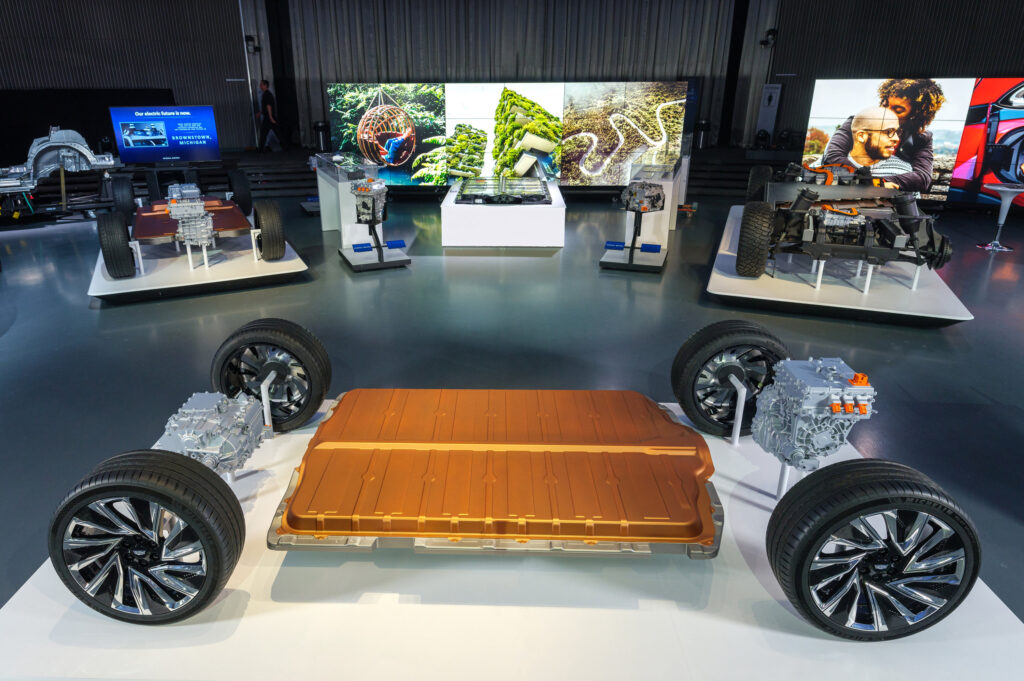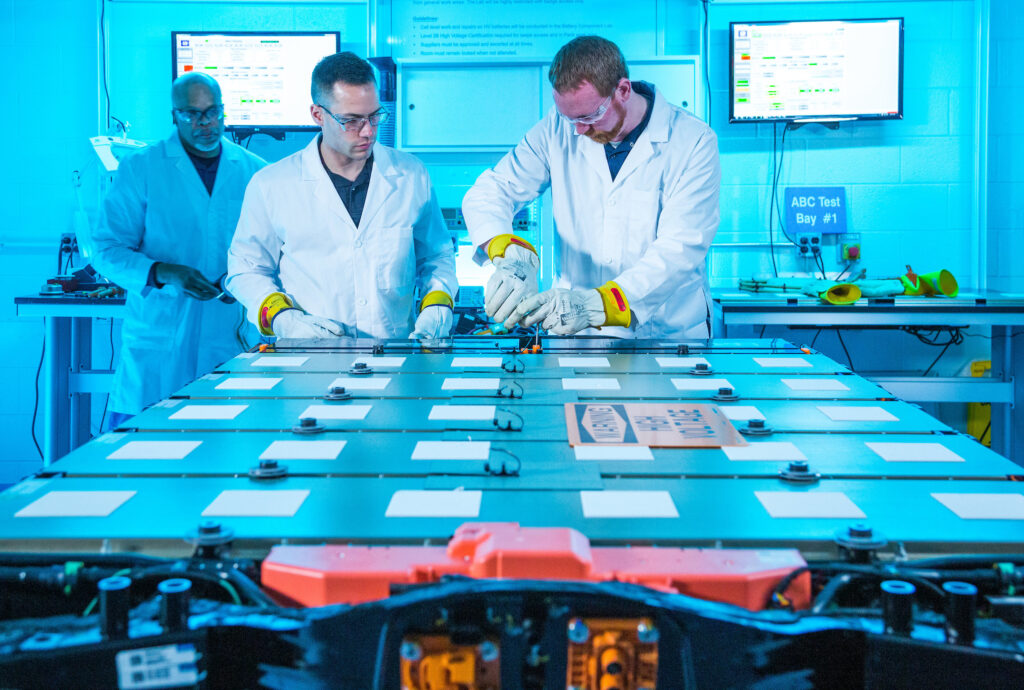New Ultium Drive powertrains destined for extensive range of GM EVs
- PostedPublished 10 December 2020

The next generation of electric vehicles from General Motors (GM) is set to be propelled by a new family of electric powertrains called Ultium Drive.
GM’s new concept consists of five interchangeable drive units and three motors, each of which is reputed to offer industry-leading power and torque density. The modular nature of Ultium Drive, and the performance reportedly on offer, will enable GM to easily electrify a wide range of vehicles with different capabilities.
All five of the mooted drive units will be powered by one or more of the three electric motors, used in front-, rear- or all-wheel-drive combinations.
This flexible nature will further help reduce the company’s development and production costs, which could potentially later benefit the customer and make electric vehicles more accessible.
Design elements such as power electronics packaged into the drive units themselves will also save cost, packaging space and weight – countering some of the typical issues encountered in electric vehicles.
GM claims the weight of power electronics alone has been reduced by almost 50 per cent compared to its previous generation of technology, while capabilities of the hardware have increased by 25 per cent.
“GM has built transmissions for many notable automakers,” said Ken Morris, vice president of GM’s autonomous and electric vehicle programs.
“Making motors, transmissions, driveline components and systems are among GM’s best-known competencies, and our manufacturing expertise is proving not only transferable but advantageous as we make the transition to EVs.”
GM says the Ultium Drive components, including gears and assemblies, will consist of globally sourced parts but be assembled at its own production facilities.
This will allow GM to ramp up production easily when required, helping it economically scale its production should market demand increase significantly.

“As with other propulsion systems that are complex, capital intensive and contain a great deal of intellectual property, we’re always better off making them ourselves,” said Adam Kwiatkowski, GM executive chief engineer for global electrical propulsion. “Our commitment to increased vertical integration is expected to bring additional cost efficiency to the performance equation.”
The company is also developing the new powertrain system in conjunction with its future electric vehicles, which will further cut costs while maximising the efficiency and capabilities of its new zero-emissions cars.
The new Ultium Drive systems will be powered by GM’s proprietary Ultium batteries, which are similarly flexible and easily reconfigured to suit a wide array of vehicles.
Each battery is constructed from pouch-style cells, which are light and space-efficient, while an advanced management system helps cut wiring and weight.
Packs of up to 200kWh will be available and charging rates of up to 350kW may be offered for industrial applications.
GM has also developed a new skateboard-type platform for electric vehicles, called Battery Electric Vehicle 3 that will not only underpin upcoming GM electric vehicles, as Honda has struck a deal with the Detroit giant to use the platform and associated technologies in two of its own future vehicles.
- CategoriesIn SightGlass
- Tagselectric vehicles, General Motors, GM, SightGlass News Issue 22


